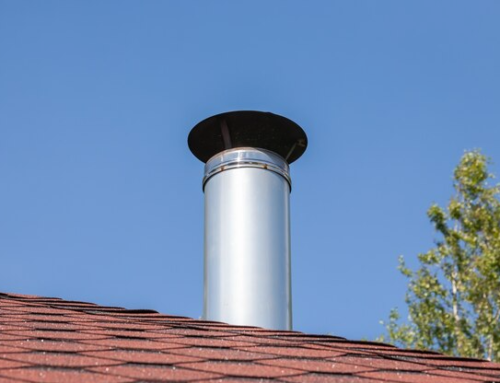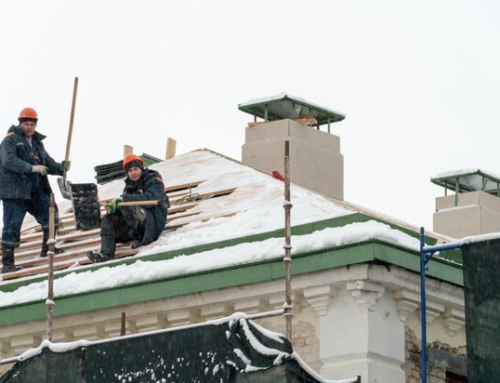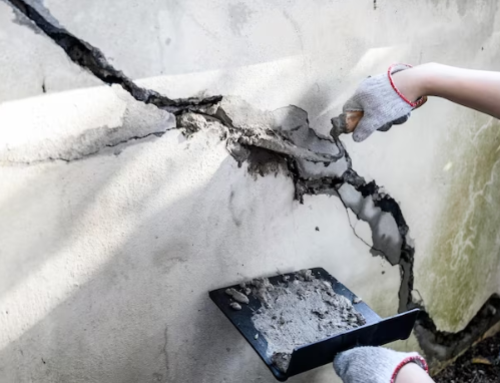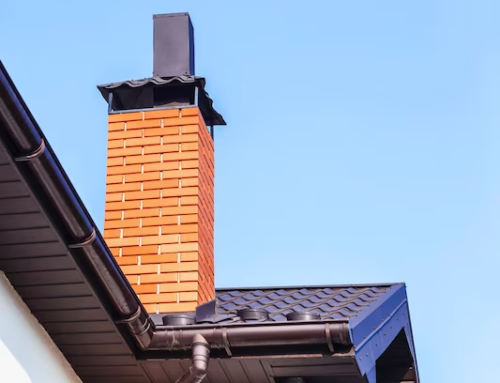Most homeowners like the look and feel of having a fireplace in their homes – but they are also aware that taking care of it requires effort. It is more than cleaning any other area in your home – because there might be some harmful stuff lurking in your chimney – like creosote.
The Environmental Protection Agency (EPA) has stated the harmful health effects of creosote in its public health statement about creosote. It can lead to respiratory illnesses and is also one of the leading causes of chimney fires in homes.
What is Creosote?
Creosote is a smelly corrosive material that can form in the walls of your fireplace and is highly combustible. It is formed when combustion gases are given off from burning wood as they try to escape from your chimney. In the long term, it can cause permanent harm to your chimneys if they’re not annually maintained.
Creosote Buildup
Creosote doesn’t appear as blackened grease on your fireplace walls and masonry surrounds; rather, it slowly builds up over time to get to that stage. This is the main reason homeowners don’t identify a creosote buildup when it is happening, and it can worsen before they can clean it.
In the beginning, creosote is loose, soft, and flaky and can be easily brushed away before it turns into a hard tar-like substance that needs special chemicals and cleaners to remove. This is usually when there is a risk of a fire starting because of the creosote buildup.

How to Remove Creosote?
If you manage to catch the creosote buildup on your fireplace at the first stage, you might get away with just brushing away the soft creosote flakes, preventing further buildup. This can also be achieved by regularly cleaning your fireplace and masonry surrounds at home and keeping up with a professional chimney repair service annually.
Though, if the creosote buildup gets to the point where it has turned into hard tar, it is best not to go in with your favorite chemicals and cleaners in hopes to revive your fireplace. Trying to repair your chimneys by yourself can be extremely dangerous – and should be avoided at all costs.
Play it Safe
The safest and most reliable way to address the creosote issues in your fireplace is by reaching out to an expert. While you might be tempted to get in there and clean it yourself, you cannot do a good job without the right tools and training.
If you’re looking for chimney repairs in CT, look no further than the professionals at CT Chimney Repair. Reach out to us today, and we’ll help you get your restore your fireplace in CT back to life before winter comes.







